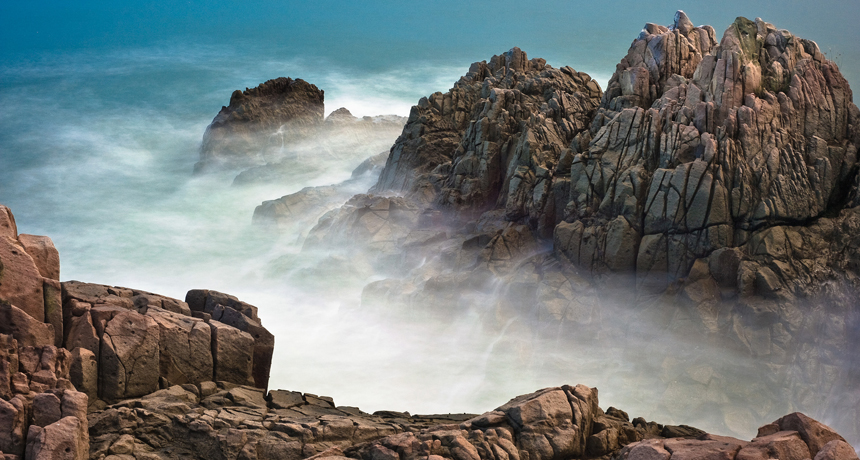
CONTENTIOUS CONNECTION The age of the narrow strip of land that links North and South America is at the center of a debate among scientists. The rocky coasts of the Isthmus of Panama (shown) alter ocean currents and the world’s climate.
A. O’Dea
A debate over when the gap between North and South America closed has opened a rift in the scientific community.